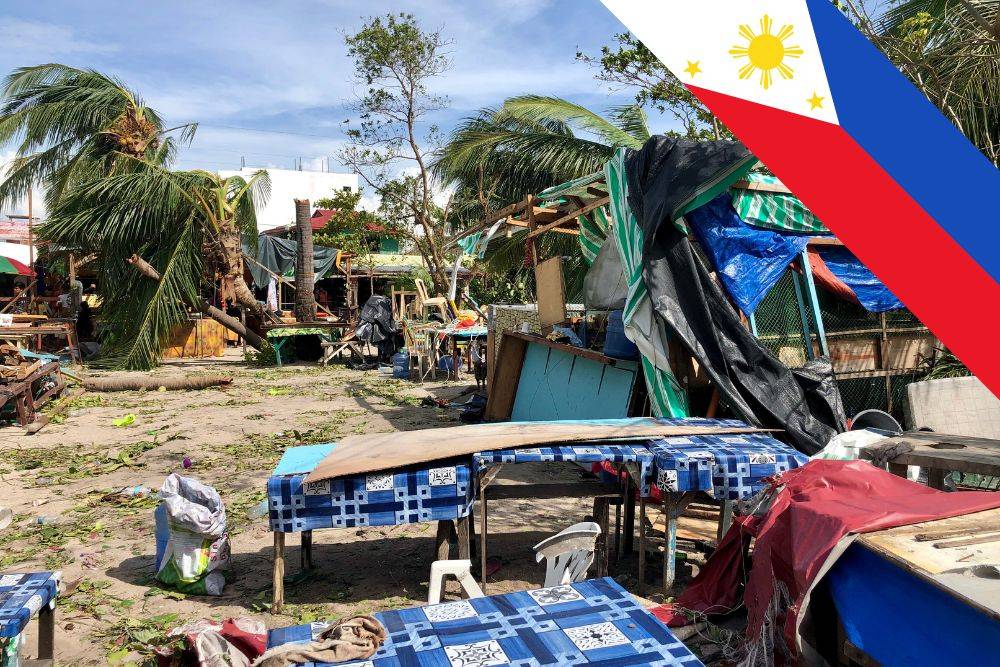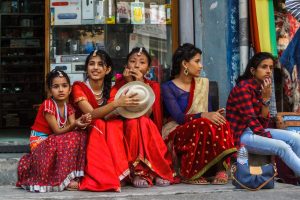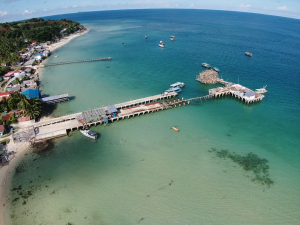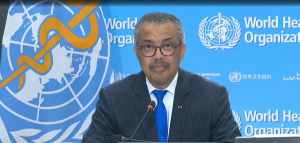The Philippines faced a difficult period ahead, dealing with the arrival of Typhoon Aghon (Ewiniar) and bracing for the impact of La Nina.
Philippine authorities reported that Typhoon Aghon (Ewiniar) killed at least seven people when it hit the country over the weekend. President Ferdinand Marcos Jr said on Tuesday, May 28, that search and rescue efforts would continue. Aghon brought strong winds and heavy rain to provinces south of the capital, shutting down airports and seaports and disrupting power supply.
Typhoon Aghon Makes Landfall
Typhoon Aghon (Ewiniar) accelerated further early Wednesday, May 29, ahead of its exit from the Philippine Area of Responsibility (PAR). According to the Philippine Atmospheric, Geophysical, and Astronomical Services Administration (PAGASA), Aghon is moving away and is no longer directly affecting the country. There were no more rainfall warnings as of Monday, May 27, while tropical cyclone wind signals and the gale warning for coastal waters were lifted on Tuesday, May 28.
DOH Health Advisory
Additionally, the Philippines is bracing for La Niña. Therefore, the Department of Health (DOH) has issued a comprehensive warning about several diseases. These diseases could surge due to weather changes usually during increased rainfall and cooler temperatures.
Water and Food-borne Diseases
With the onset of La Niña, water contamination becomes a significant risk. The DOH specifically cautions against these illnesses: gastroenteritis, cholera, and typhoid fever. These can be contracted due to the ingestion of contaminated water or food. To mitigate these risks, the DOH recommends boiling water for at least two minutes before drinking. It is also advised to ensure proper food preparation and storage and maintain high standards of personal hygiene.
Influenza-like Illnesses
The shift to rainy weather can also lead to a rise in influenza-like illnesses, such as the common cold, influenza, and other respiratory infections. The DOH advises the public to get vaccinated against influenza to reduce the severity and spread of the virus. Additionally, maintaining good respiratory hygiene, such as covering the mouth and nose when sneezing or coughing and frequent handwashing, is crucial. The DOH also urges individuals to be vigilant for COVID-19 symptoms, as they can overlap with flu symptoms, and to seek testing if symptoms arise.
Leptospirosis
Leptospirosis is a bacterial infection that can be contracted through contact with water contaminated by the urine of infected animals, commonly occurring in floodwaters. The DOH advises avoiding contact with floodwaters, particularly if there are open wounds. Symptoms of leptospirosis include the following:
- high fever
- severe headache
- muscle pain
- Chills
- redness of the eyes
- abdominal pain
- Jaundice
- Rashes
If these symptoms are present, medical attention should be sought immediately to prevent severe complications.
Dengue
Dengue fever, transmitted by Aedes mosquitoes, remains a serious threat, especially with the increased rainfall creating more breeding sites for mosquitoes. The DOH emphasises the importance of eliminating stagnant water where mosquitoes breed, using mosquito repellents, and wearing long-sleeved clothing to reduce mosquito bites. Public health efforts focus on community participation in cleaning and maintaining environments to prevent mosquito proliferation.
Preventive Measures and Health Advice
The DOH stresses the importance of adopting preventive measures to safeguard health during the La Niña period. Key recommendations include:
Ensuring Safe Drinking Water: Boil water before drinking or use water purification tablets.
Proper Food Hygiene: Ensure food is thoroughly cooked and stored at safe temperatures.
Personal Hygiene: Regular handwashing with soap and water, especially before eating and after using the toilet.
Avoiding Floodwater: Stay out of floodwaters and wear protective clothing if contact is unavoidable.
Vector Control: Eliminate mosquito breeding sites by disposing of items that can hold water, and use insect repellents and nets.
Community and Government Response
The DOH calls for a coordinated effort between local governments, communities, and individuals to implement these health measures effectively. Local health units are advised to ramp up surveillance and readiness to handle outbreaks. Public awareness campaigns are crucial to educate citizens about the risks and preventive strategies related to La Niña.
Conclusion
The Department of Health’s advisory underscores the critical need for vigilance and proactive measures to mitigate the health risks posed by La Niña. With the increased rainfall and cooler temperatures in the Philippines, the DOH aims to safeguard public health. This is done by emphasising water and food safety, respiratory hygiene, and protection against vector-borne diseases like dengue and leptospirosis. Coordinated community efforts and adherence to recommended practices are essential to prevent disease outbreaks and ensure a healthy environment during this period of heightened weather changes.
Have a pressing question for a doctor? Medical Channel Asia has launched a community forum page where you can get questions answered by a medical specialist. Visit the community forum here.













